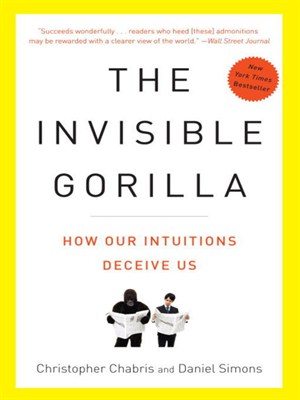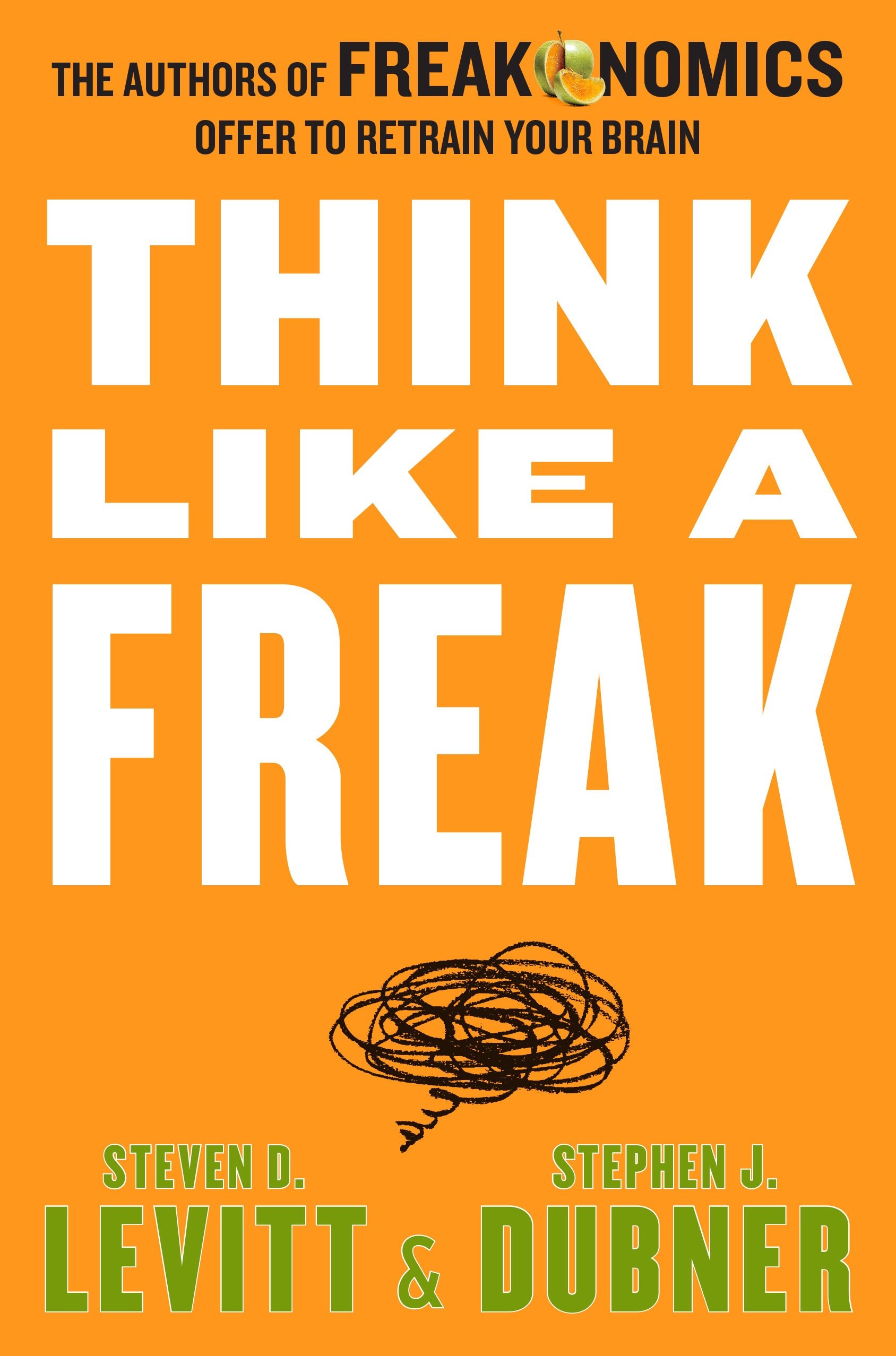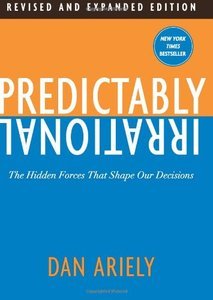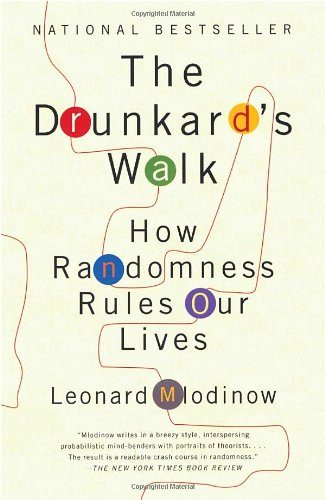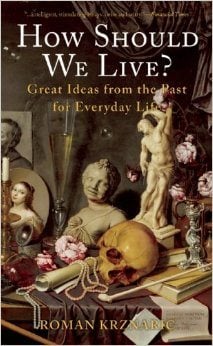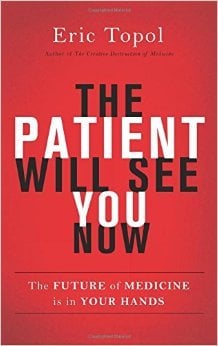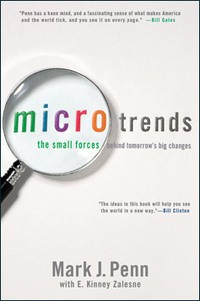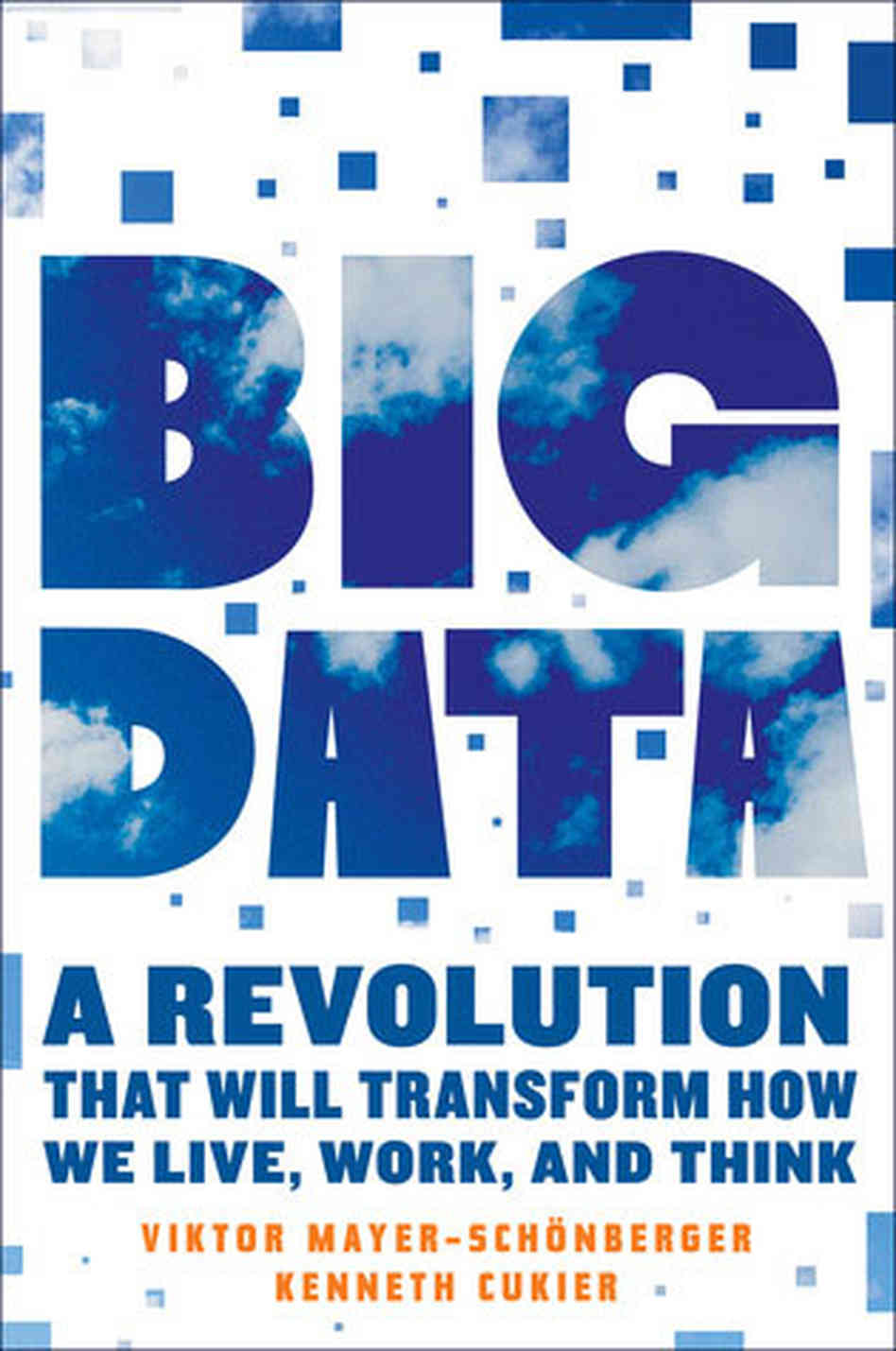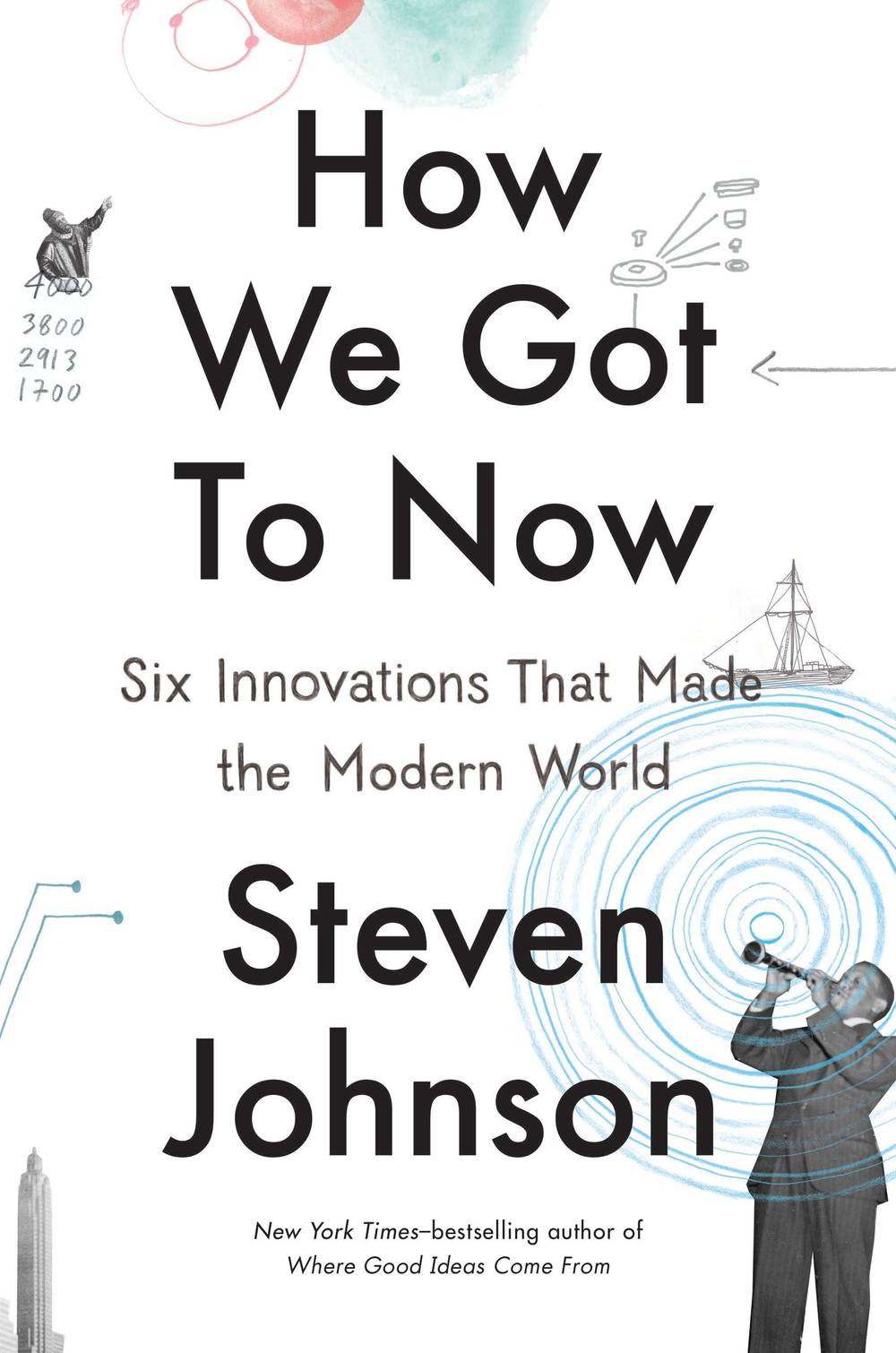Henry David Thoreau once said “a book should contain pure discoveries.” Some books can do even more and change how you see the world. Here are 10 eye-opening books that might just do that for you. Many of the themes in these books connect and while reading any one will give you some new insights, reading all of them may just revolutionize how you see the world and your place in it.
You don’t see everything you think you see. Through a series of experiments Chabris and Simons show that, due to attention blindness, we often fail to see what is right in front of our eyes. The implications of this are important. We may be missing very useful information and failing to make connections. Fortunately, there are steps we can take to improve our intuitive and observational skills.
To solve problems you need to be willing to change how you think. This entails changing how you see the world in several important ways. Among these, they discuss the importance of thinking like a child, saying you don’t know, and learning how incentives work to affect behavior. Their tips often seem counter intuitive because they are based on seeing connections among events in non-obvious ways. As you learn to think like a freak you will learn to see these non-obvious connections everywhere.
Everyone assumes they act rationally most of the time, but as Dan Ariely points out there are many cases where we do not. We base our decisions not on rational considerations but irrational ones. Often our mistakes are simple and predictable. That means knowing more about them can actually help us create rules and incentives to improve our lives. We can learn about how we make decisions and how to improve them by seeing our lives as experiments.
We think what happens to us is the result of our education, skills, and deliberate decisions. We often see patterns to events where there are none and we see causes and work when the reality is much more random. It is difficult to see randomness at work not because it is rare but because our minds are biased to see order, correlation, and causation. However the role of chance and randomness in our lives is much greater than we realize.
We’ve all been taught that we can learn how to live from studying the past but this lesson is rarely taught in concrete ways, which makes it difficult to see the truth in this. With concrete examples of ideas from the past in such areas as love, work, dealing with death, raising children, and travel it becomes clear that the past is a wealth of knowledge that we can use to improve our lives.
Major disruption is coming to health care and you will benefit. One of the biggest changes this will bring is that you will collect and control your own medical information using your smartphone. Armed with this information you will have greater control over your health decisions and greater choice about how to improve your health. Doctors will have to adapt or patients will choose other options. The doctor will no longer be in control of your health, you will.
On an individual level it is almost impossible to see trends as they unfold because we mostly base our ideas about what is going on in the world on our own limited perception. The places we go and the people we know serve as our data set. But, since many large social changes start out as small micro-movements we often miss these trends until they explode on the scene seeming to come out of nowhere. By examining these microtrends up close we can learn more about how societal change happens and how to predict which microtrends will become major social changes.
We can now see the world in vastly new ways because we now have the ability to collect and analyze massive amounts of data. This data will show us how seemingly unrelated events are connected, help us determine whether those connections are mere correlations or cause and effect relationships, and even allow us to predict future events in ways we’ve never been able to before.
We have a very linear view of history – especially the history of inventions. But these inventions rarely arise in a completely deliberate fashion as the result of intentional effort. As often as not, they arise as the result of accident or chance connections. Innovations in one area of life can trigger changes that seem entirely unrelated. The most ordinary things in our lives such as glass, the clock, and air conditioning not only arose in surprising ways but led to surprising changes as well.
Schools teach us that academic subjects are discrete entities with no relationships between them but this is untrue. In reality, you can pick any person, place, or event and connect it with virtually any other because they all exist together and connected on the knowledge web. The internet reveals this better than ever but it has always been so. Seeing how the stories of the past relate to each other helps you see that you too are connected to these same people, places, and events. You are part of the knowledge web too. Creativity and problem solving both involve making connections. This takes good examples to draw upon, practice, and an awareness of our cognitive biases and how to address them. Each of these books provides insights and examples to help improve your ability to make connections. The more connections you can make, the more knowledge you have. And, as James Burke once pointed out, when a big enough part of your knowledge changes how you see the world also changes.

